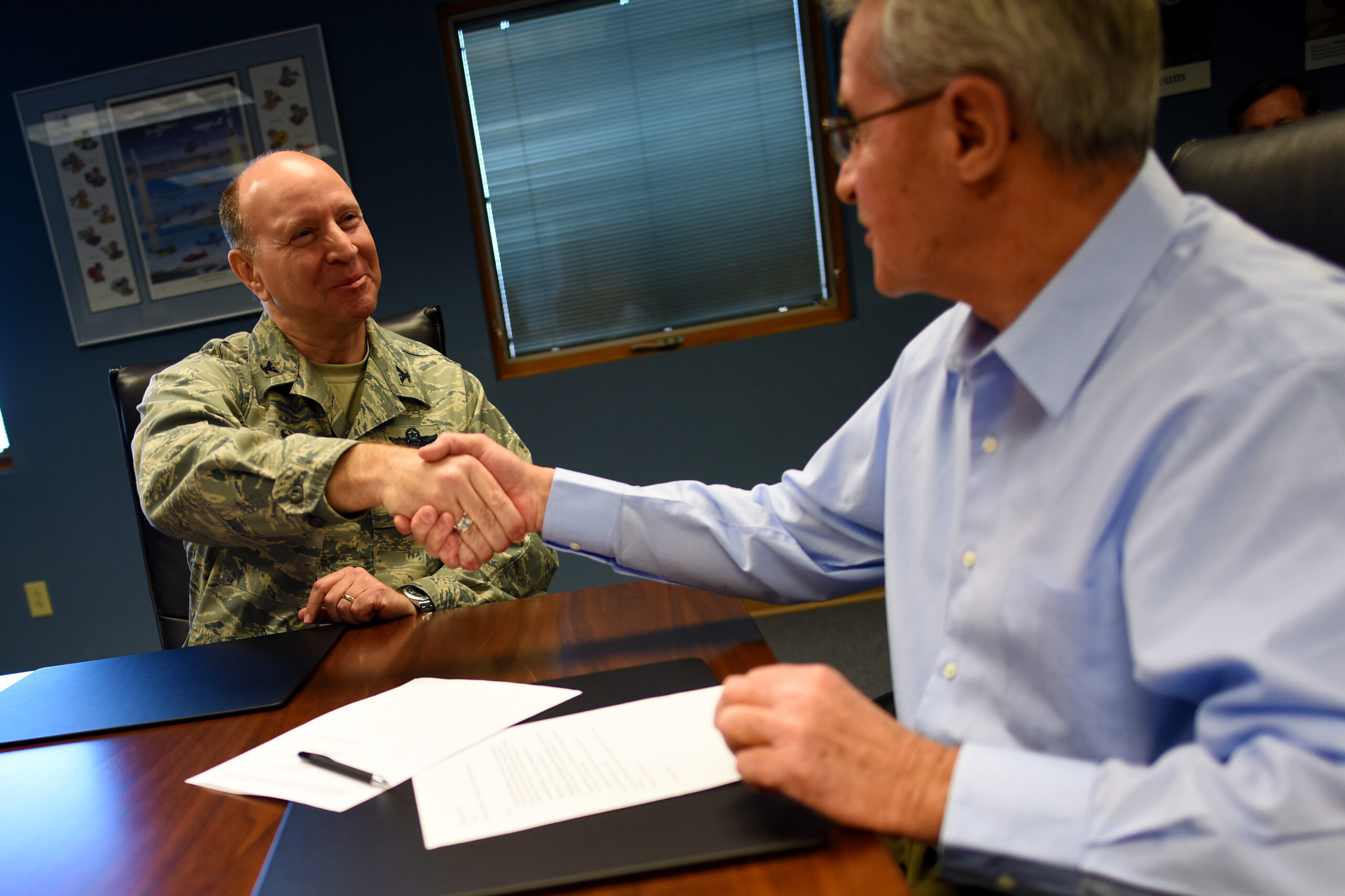
Stories about collaborations that have improved the experience of military-connected kids in schools, built support for military families with LGBTQ+ youth, and helped to reduce food insecurity for military families.

Stories about collaborations that have improved the experience of military-connected kids in schools, built support for military families with LGBTQ+ youth, and helped to reduce food insecurity for military families.
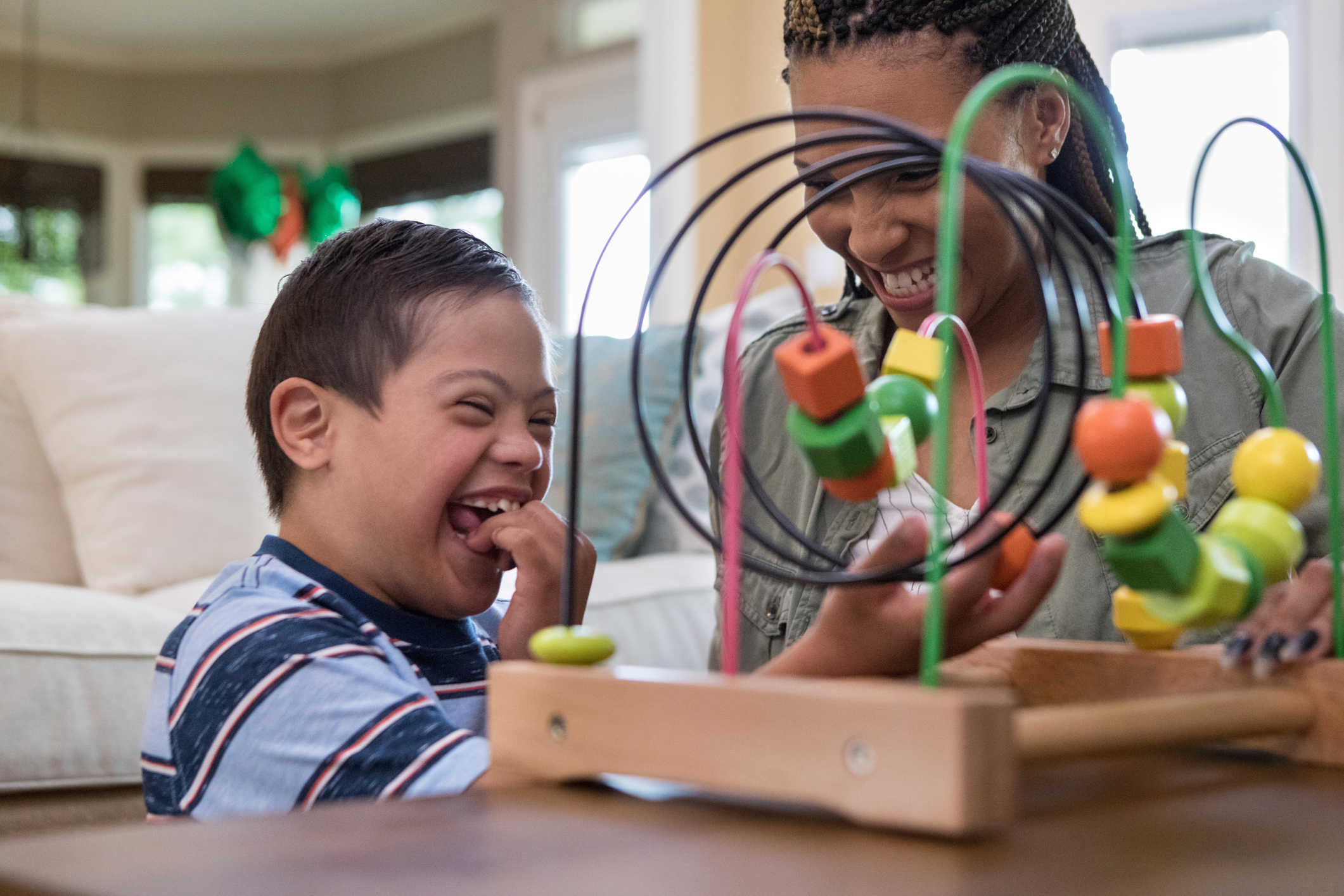
Leadership roles in early intervention (EI) and early childhood special education (ECSE) include administrators, early childhood coordinators, early interventionists. special education teachers, and speech pathologists. When working with young children, caregivers often see EI/ECSE leaders as individuals with extensive knowledge and expertise in their field. Professionals should demonstrate a commitment to a child’s success and to the child’s family. In partnering with families to ensure children’s success, early childhood leaders can engage in the activities recommended by the Division for Early Childhood.

Below are findings and implications from three 2023 studies relevant for military service providers including information about individual retirement accounts (IRAs), financial education in U.S. high schools and gender-wage information for two-paycheck families.

Sitting down for a family meal is one of my favorite things. I cherish the time spent with good food learning about the ups and downs of each person’s day, being goofy, or sharing struggles. As life gets busy with work and kid’s activities, finding times for family meals can become difficult.

Approaching stigmatization from the individual level can be helpful, but it is just one part of the environment that allows stigmatization to exist. One way to help people overcome those fears is to increase psychological safety in our organizations.

Young children often receive supports, services, and care in a variety of settings (e.g., early intervention programs and childcare, preschool and private occupational therapy). Children often engage in challenging behavior across settings; therefore, adults should collaborate across settings to prevent and address challenging behavior (DEC, 2017).
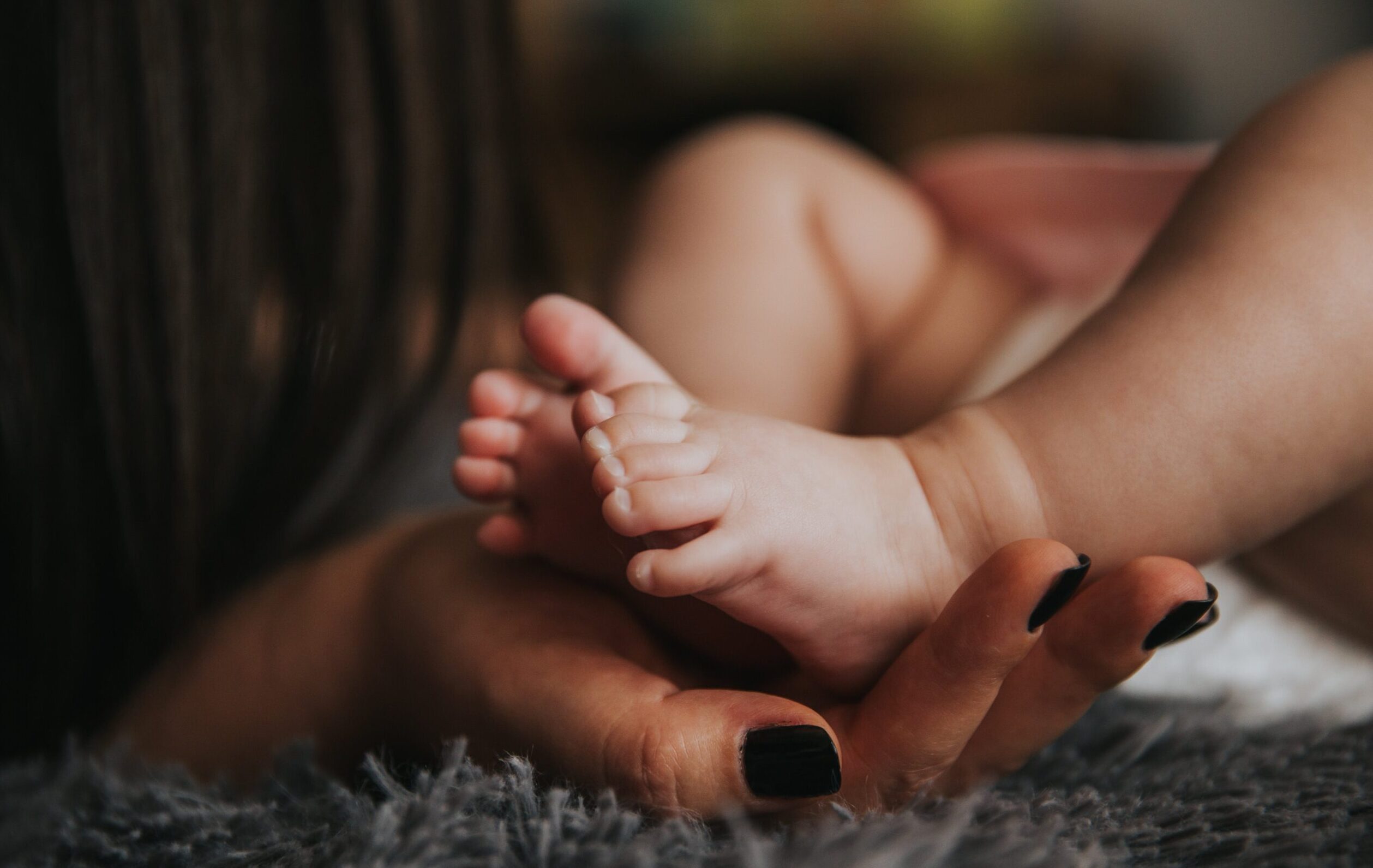
The period following childbirth can be challenging for many new mothers, particularly within military families. Postpartum mood and anxiety disorders (PMADs), encompassing conditions like postpartum depression (PPD), postpartum anxiety (PPA), and postpartum obsessive-compulsive disorder, often pose significant mental health hurdles during this vulnerable time for families. When factoring in race and ethnicity within military communities, these challenges take on additional nuance.
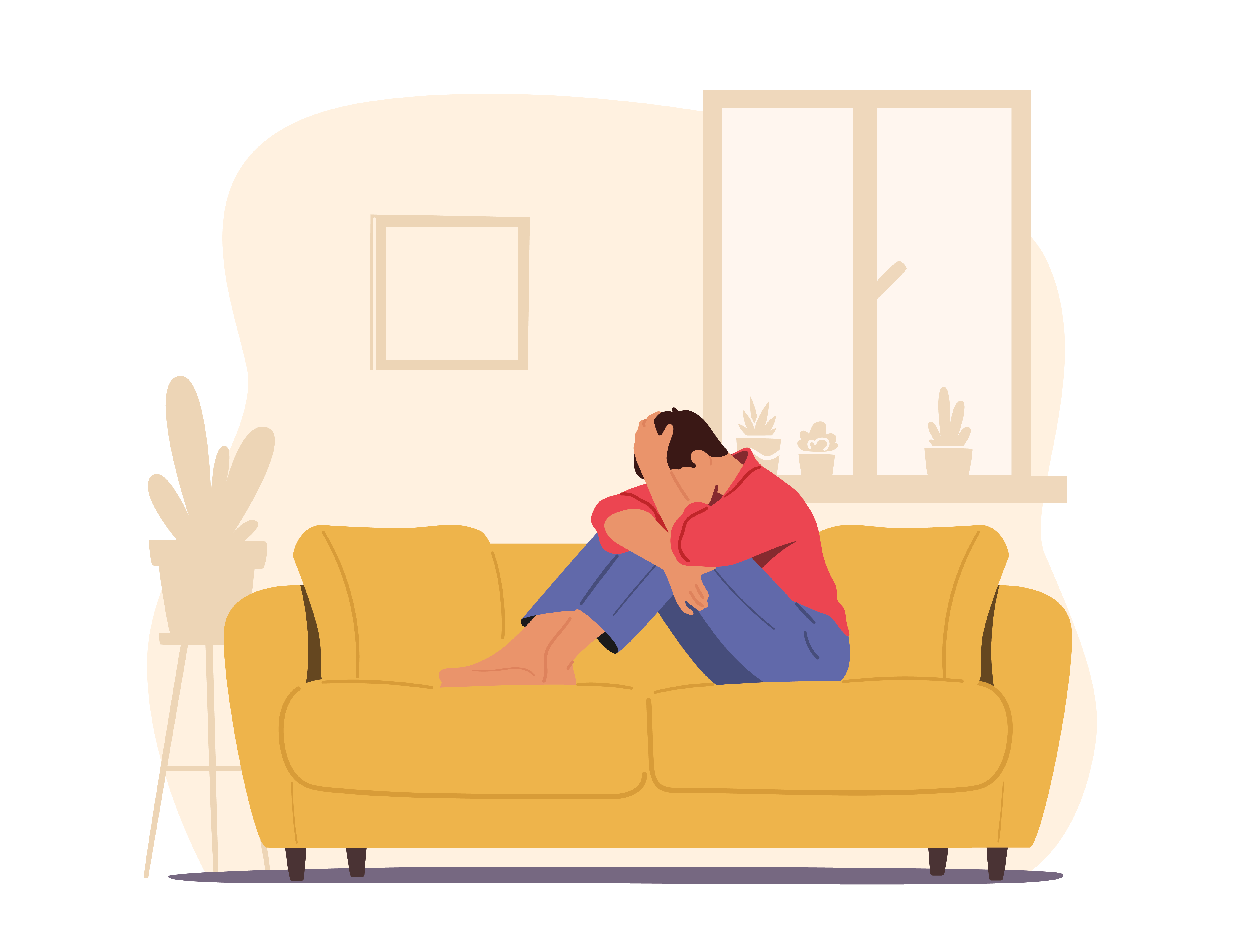
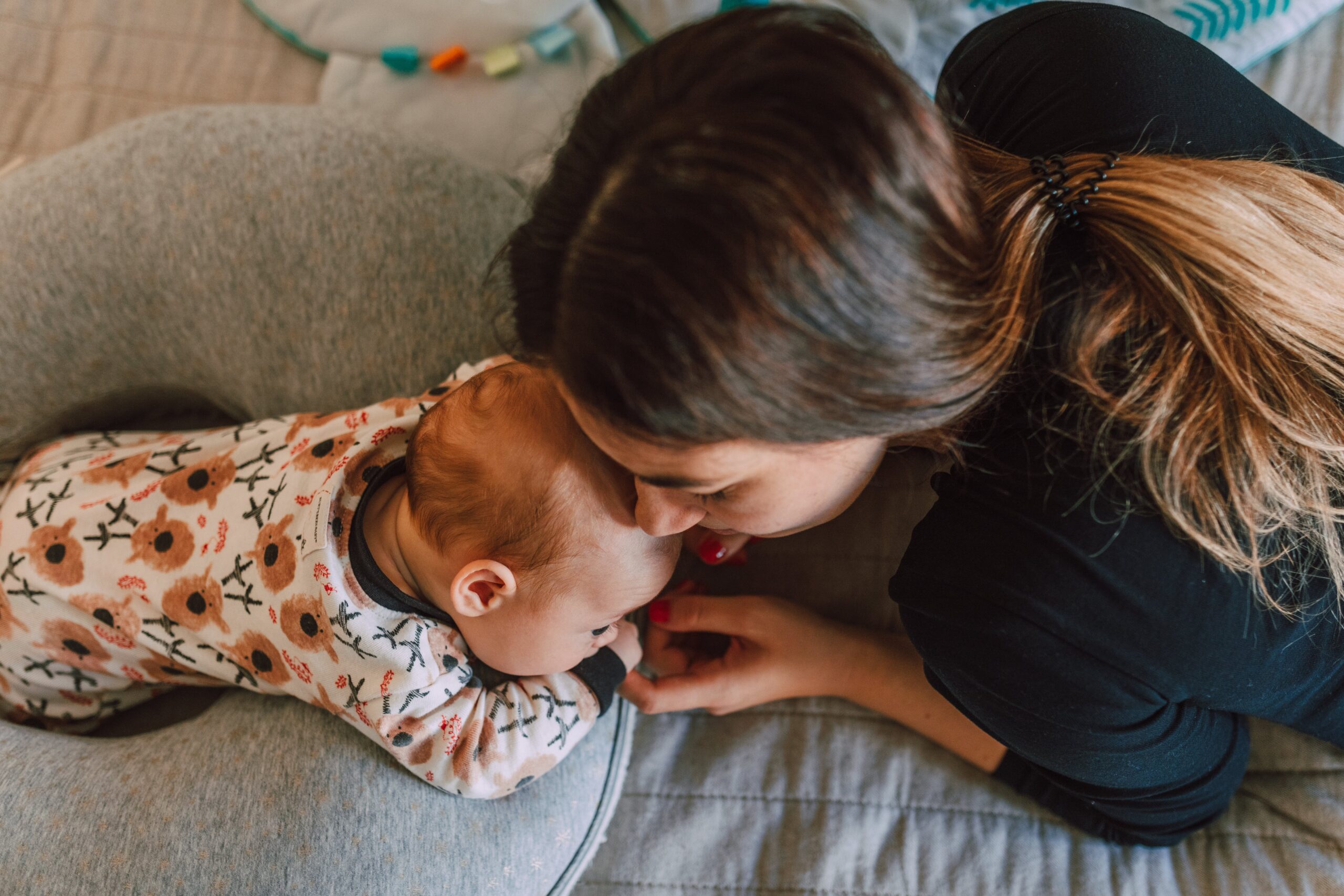
Between birth and age 3, a child’s brain develops one million neural connections per second (Center on the Developing Child, 2007). These connections are built through repeated experiences with their caregivers. Babies are born wired for connection, instinctively drawing responses from their caregivers that help strengthen the bond between them (Sullivan et al., 2011). The building of this bond, or attachment, is a two-way street between baby and their caregivers as they both respond to each other’s cues and seek interaction with one another.
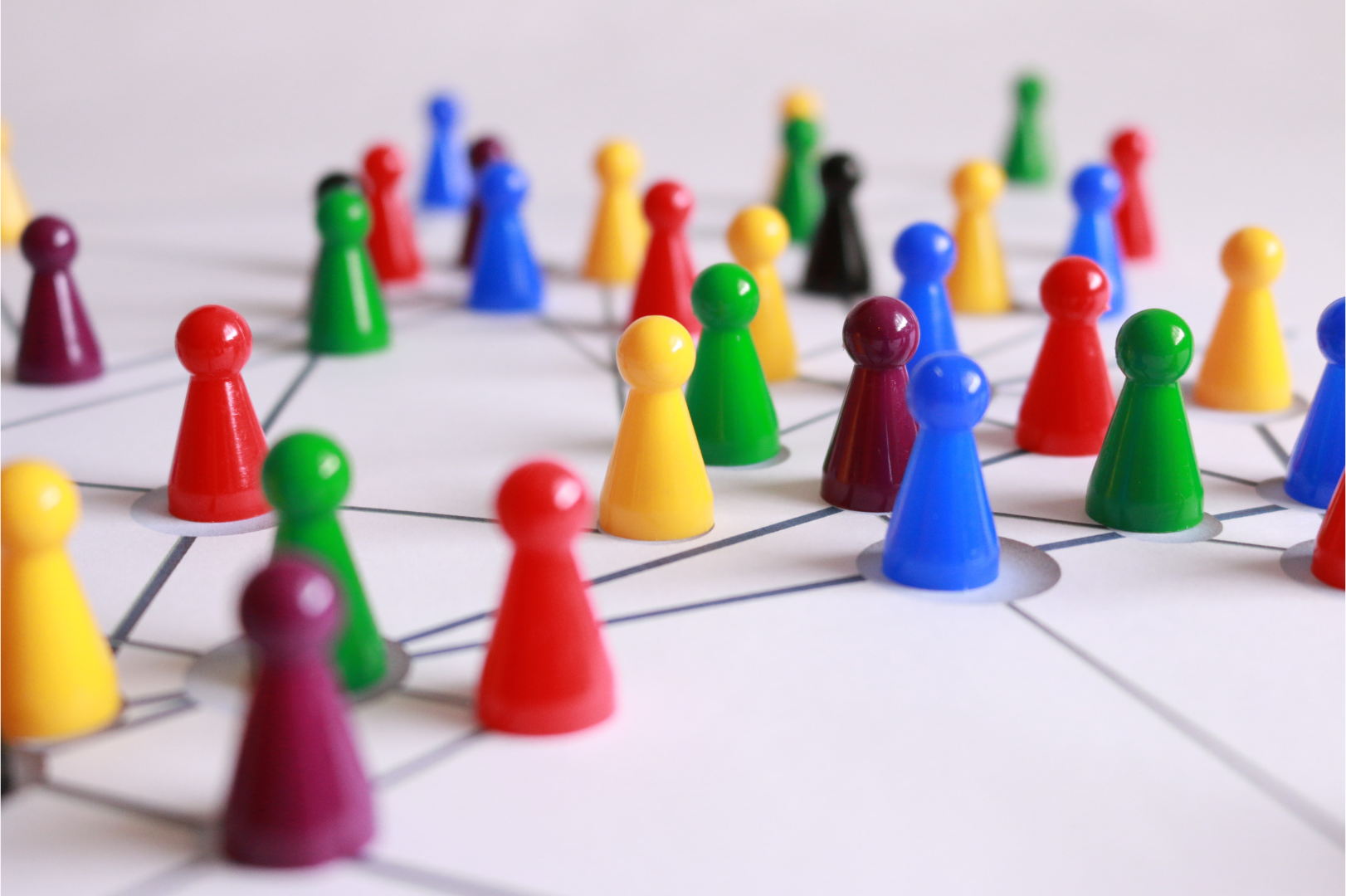
The U.S. Air Force’s “Spectrum of Resilience” model emphasizes supportive connections with family, friends, peers, and service providers in helping airmen and their families thrive. Effective efforts to improve resilience and readiness should go beyond individual, internal factors to address the network of relationships at all levels.